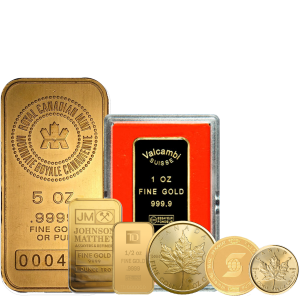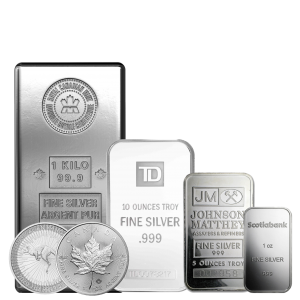

Flowing Hair Large Cent (1793 - 1796)


Image Courtesy of Professional Coin Grading Service (PCGS.com)
Overview
The Flowing Hair Large Cent, which was made between 1793 and 1796, has been an important part of the history of collecting coins in the United States. It is an important piece in the history of US currency because it was one of the first coins made by the newly formed United States Mint. There are a few varieties of the Flowing Hair big cent type, and each one is both interesting and very different from the others.
When it comes to the appearance of the coin, the Large Cent has always had relatively simple features. Since the beginning, this has been the case.
- • 1793 Type 1: Designed by Henry Voigt and subsequently altered by engraver Robert Scot, the type 1 Chain Cent shows a depiction of Lady Liberty with flowing hair that is facing left. This design is meant to symbolize independence as well as the young enthusiasm of the nascent nation. The back of the coin has a straightforward chain that encircles the denomination "One Cent."
- • Type 2, Wreath Cent: Even though the first design was not well received, Mint Director David Rittenhouse commissioned Joseph Wright to entirely redesign the coin's design for the 1794 issue. The design of the coin's reverse continued to include a wreath as its dominant feature.
- • Type 3, Liberty Cap, Beaded Border: The Liberty Cap design depicts a bust of a youthful Miss Liberty with her hair flowing freely and a staff and cap slung over her left shoulder. The border is beaded. One of the designs on the reverse side is a straightforward wreath that is encircled by the words "UNITED STATES OF AMERICA."
- • Type 4, Liberty Cap, Denticle Border: The Liberty Cap design that was introduced in 1793 was carried over into 1794, but this time, the border of beads was changed with a border that was denticle, which looks like teeth. When the Liberty Cap style was discontinued in 1796, it was replaced with the Draped Bust design. An olive wreath was depicted on the reverse of the coin that was featured in the 1796 issue.
Numerous challenges were encountered throughout the manufacturing process of the Flowing Hair Large Cent. The United States Mint had a difficult time acquiring copper planchets of very high quality, and the coining press equipment that was available at the time frequently resulted in weak striking and abnormalities. In addition, the hand-engraved dies included irregularities, which resulted in each coin having a somewhat different appearance.
CollectabilityThe Flowing Hair Large Cents are very popular with collectors because they were only made at a certain time and are very important to history. Very well-preserved cents, especially ones from 1793, can fetch high prices at auction. For that reason, even ones that have been worn a lot may fetch big bucks because they are very uncommon and have a lot of financial value.








